
First of all, if you're reading this, know that you're not alone. RFID (and it's protection) is one of the most confusing and under-explained topics around. This post will be accurate and concise, so you can get back to the things that matter.
The Basics
Let's start with breaking down the acronym: Radio-Frequency Identification. Any card containing an RFID chip probably has a passive tag, (meaning that it is powered by received radio signals created by RFID "readers") and can be communicated with by a reader from as far away as 25 meters (~80ft). These radio signals sent out by RFID readers can be interfered with and blocked.
RFID Credit Cards
Most RFID credit cards have an obvious name (such as Mastercard's PayPass) and don't require more than a wave of the card in front of a scanner to make a purchase. These cards often have max spending limits per purchase. Note: Cards with chips that need to be inserted into the reader are not automatically RFID cards, more often these cards have EMV chips.
If you're unsure of whether or not one of your cards is RFID contact the person or organization you received it from. Most card companies will inform you of what wireless communications (if any) your card uses when you it is given to you. Some, like Mastercard, also have a zero liability protection policy that will not hold you accountable for unauthorized transactions as long as you take due care to protect your card and report it immediately should your card be stolen. Please check with your card company and financial institution for more details.
Government-Issued Identification
The Canadian-American border has used RFID since 1995 to speed up the passage of frequent travelers. Nexus passes and Enhanced Driver's Licenses contain a reference code that when read by a reader connected to a secure government system bring up biographic information pertaining to the owner of the card. Simply reading these cards without access to the secure system will show nothing but a code. Erring on the side of caution is definitely recommended, but it would take more than just a man with a backpack scanner to get access to your social security number.
Other
Sometimes companies will use RFID cards as access or clock in cards. Employers should convey to you the level of security they wish maintained at their workplace and in regards to the info on RFID cards.
Conclusion
Make sure that you actually have an RFID card before you worry about going and protecting it. If you do have an RFID card that needs protecting, make sure you find something that does the job right and looks good doing it.
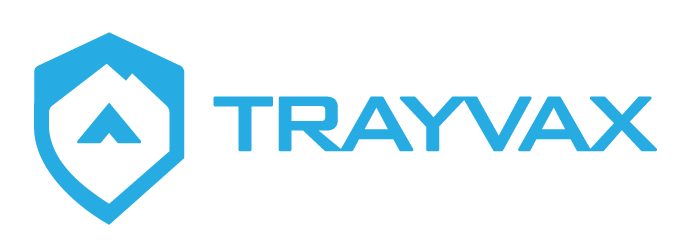
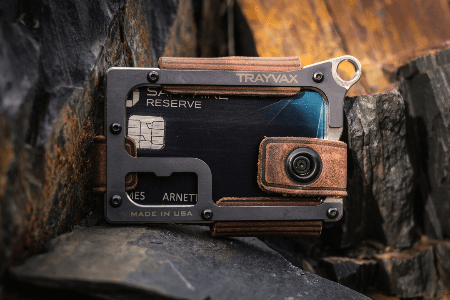
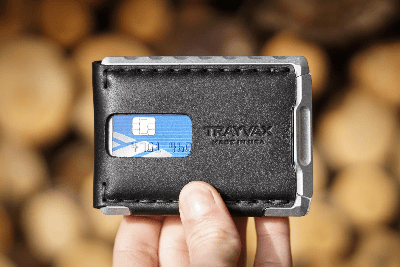
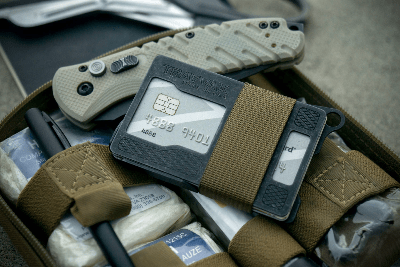
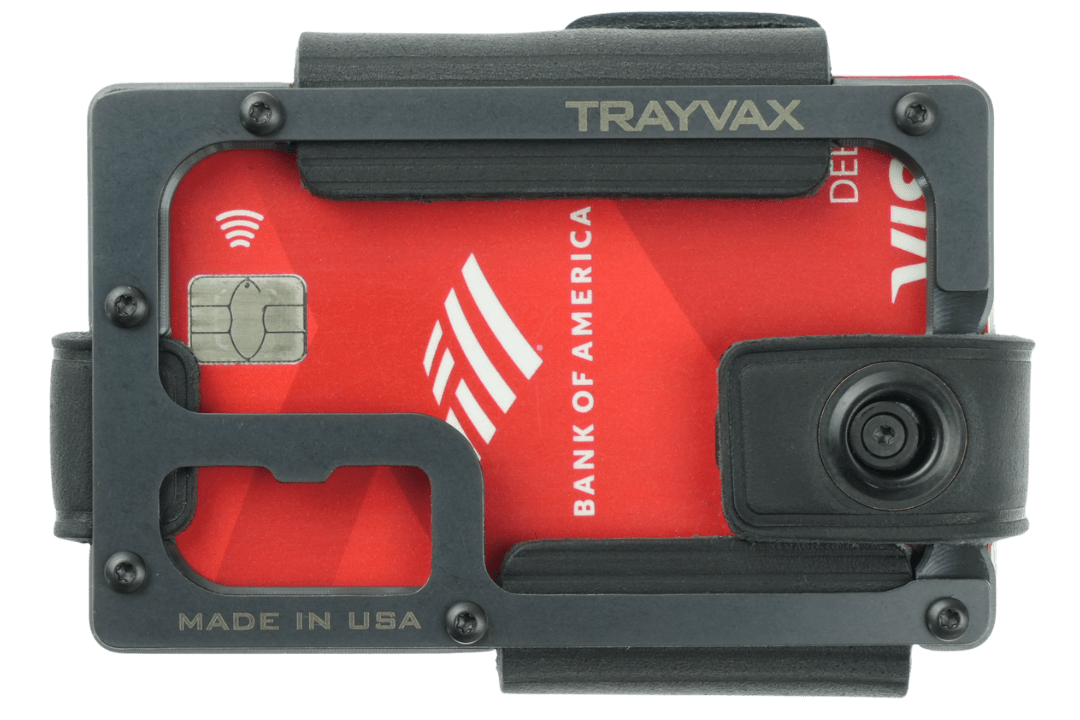



















































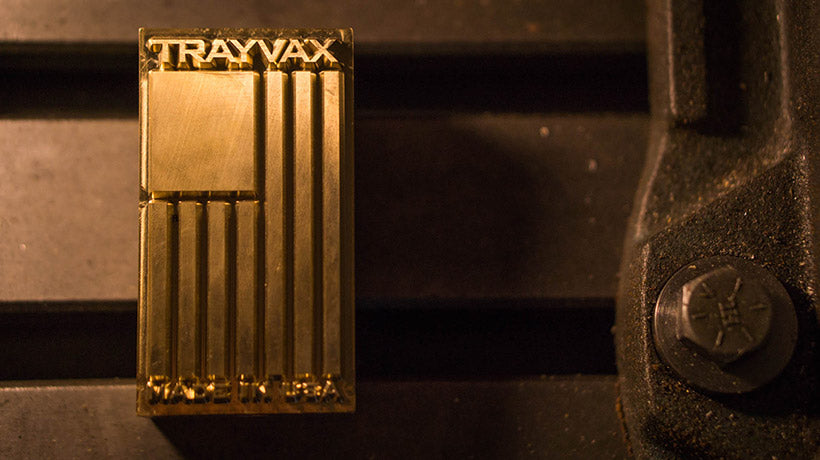
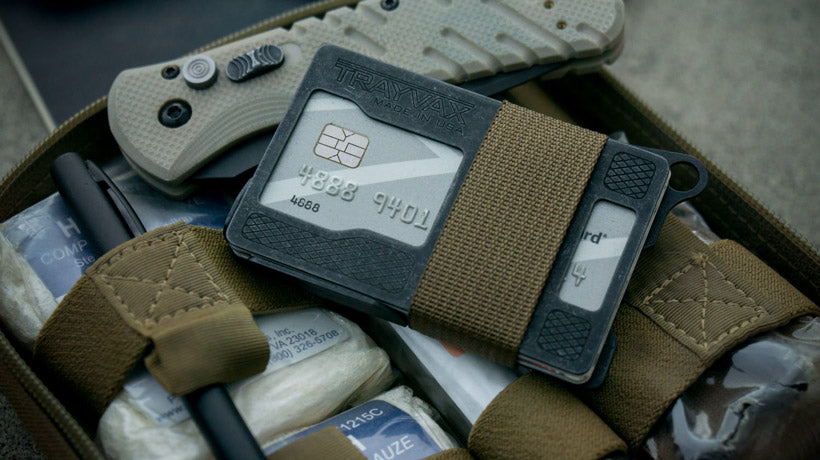

Leave a comment
All comments are moderated before being published.
This site is protected by hCaptcha and the hCaptcha Privacy Policy and Terms of Service apply.